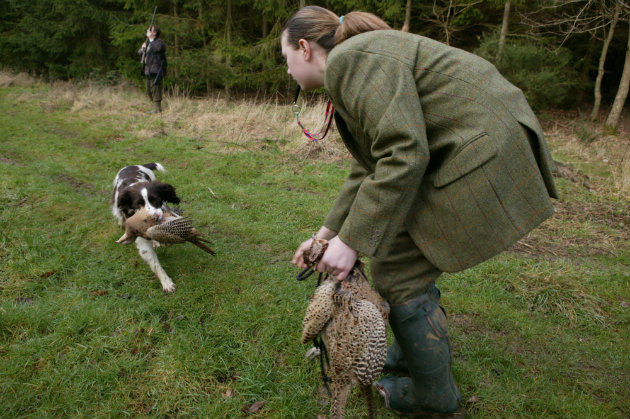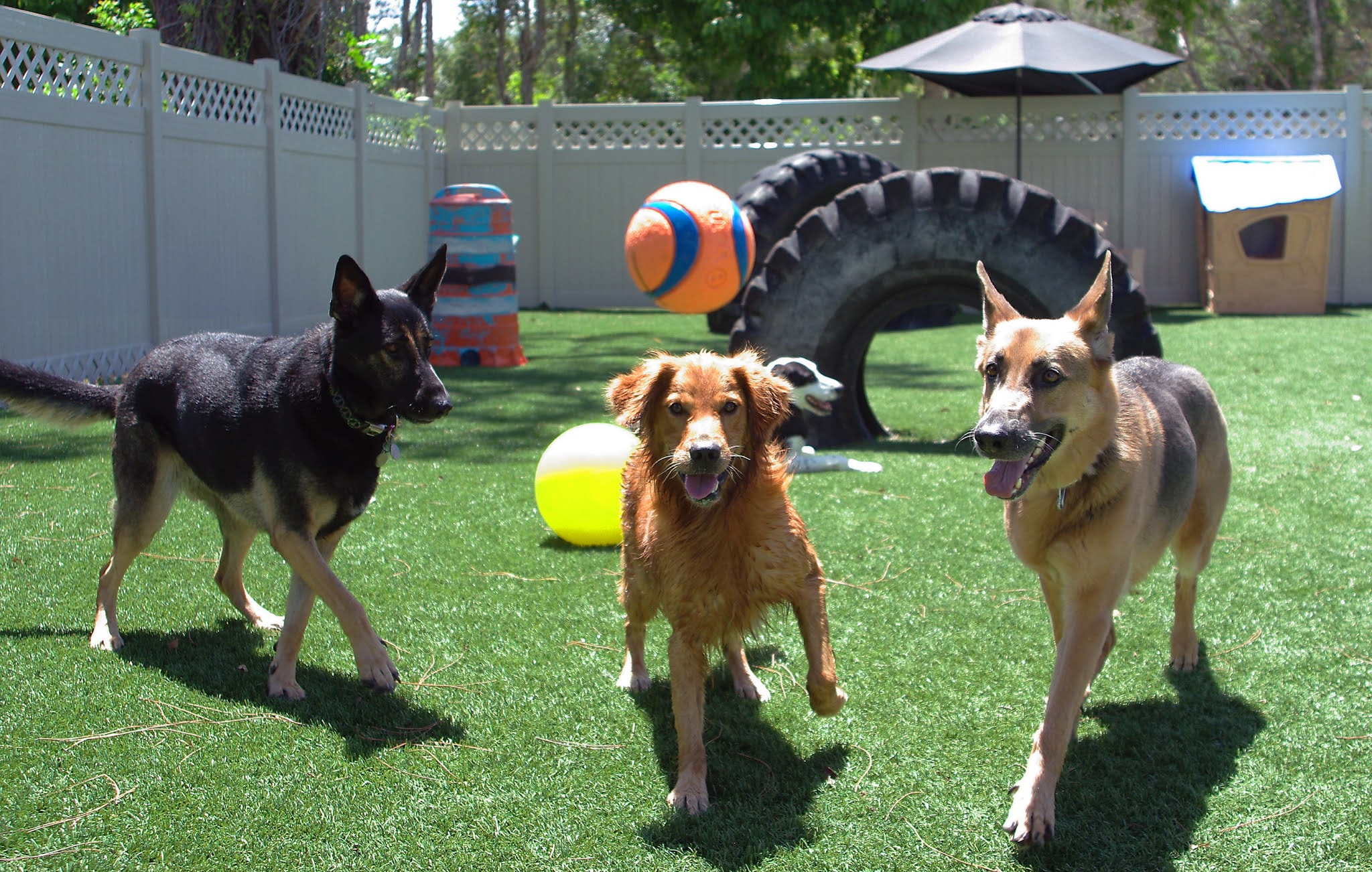HOW AND WHEN TO USE A DOG WHISTLE FOR TRAINING

A dog whistle can be a great training tool for a dog, if used properly. It is extremely distinct, silent to others, and the high frequency cannot be easily replicated. As a result, hunting, herding, and police dogs are commonly trained using a whistle. The reasoning behind it is that this high frequency it emits can travel far greater distances than a voice, and is less likely to scare wildlife or alert humans. Develops your Dog's "Hidden Intelligence" To eliminate bad behavior and Create the obedient, well-behaved pet of your dreams. CLICK HERE! Remember, without proper training, the dog whistle is just another sound in the world. Just like with other sounds, they will become desensitized to it and learn to ignore it over time, if not used properly! If you are trying to train your dog to stop barking, blow the whistle and wait for your dog to re-focus on you. Once you have gotten their attention from blowing the whistle, follow up immediately with the desired command. R





